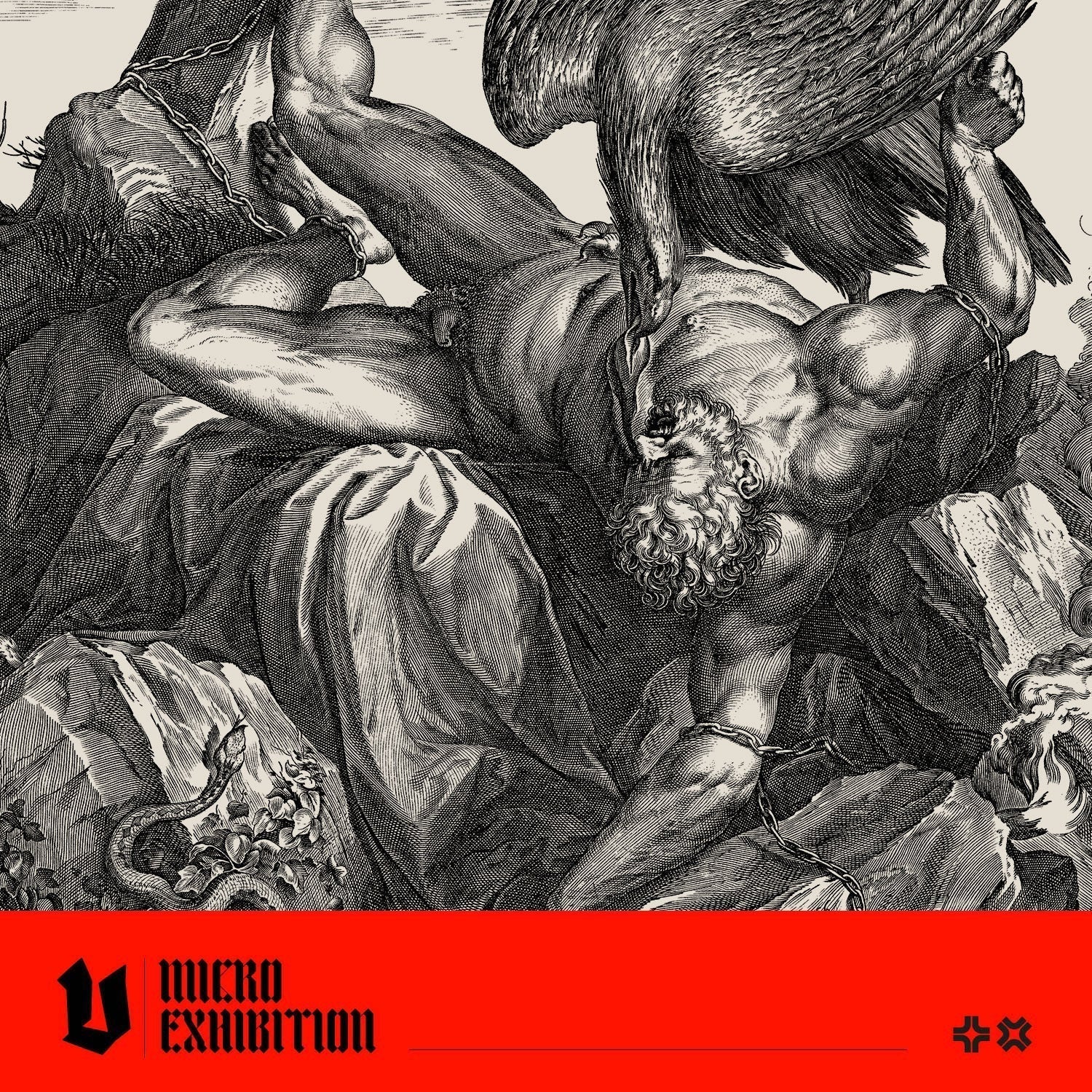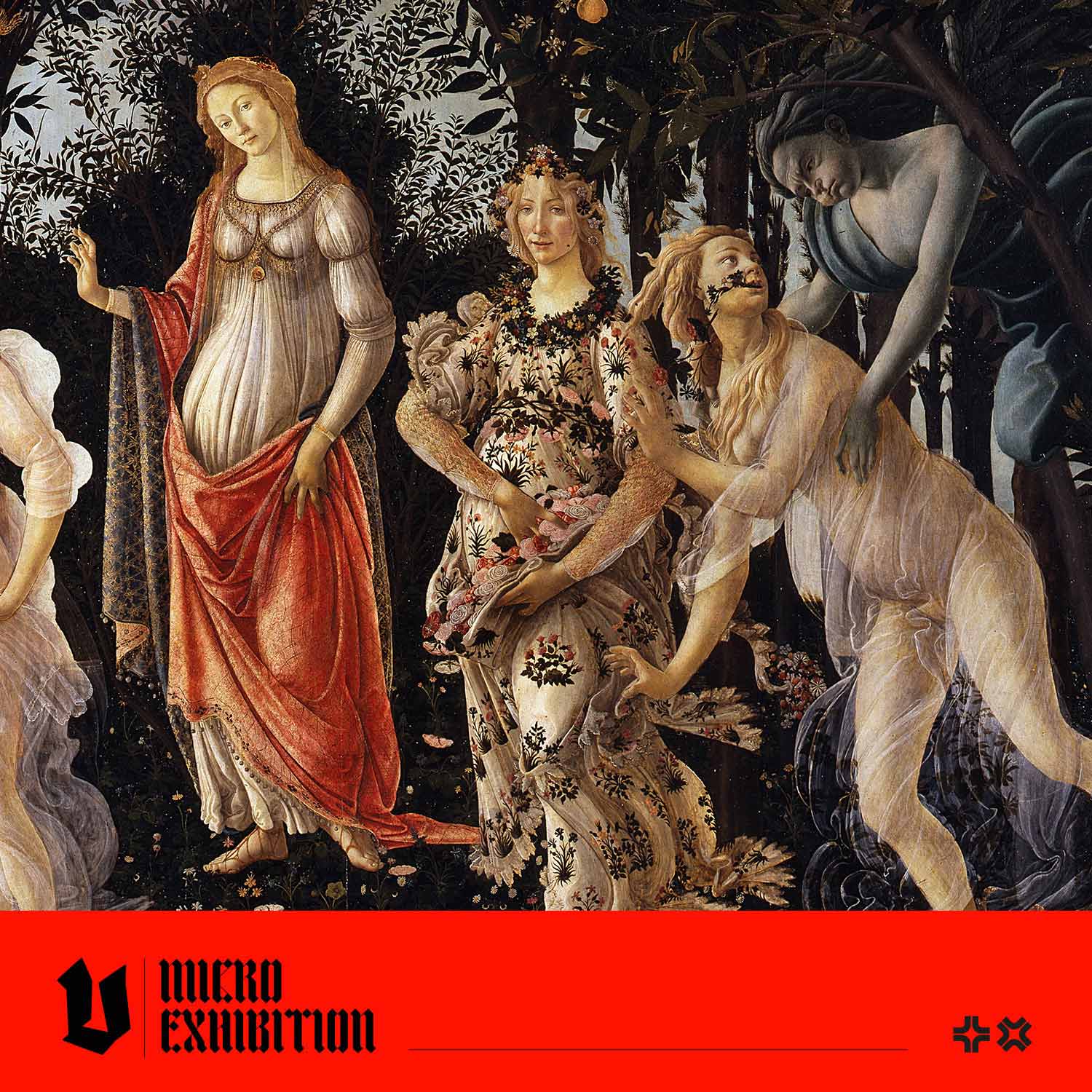Animal Symbolism in Ancient Mythology: Understanding Cultural Meanings and How to Apply Them in Your Art
Animals have played powerful symbolic roles in ancient mythologies worldwide. They represented spiritual forces, natural elements, and moral values, shaping how early societies understood life, death, and the divine. This symbolic power inspired artists and craftspeople to create, from sacred carvings and temple frescoes to textiles, armour, and pottery, mythological animals became visual expressions of cultural identity, cosmology, and spiritual belief.
In this article, we explore how animals were embedded into the art and artefacts of the ancient world, and offer inspiration for artists and designers today looking to bring more profound meaning and add visual impact to their work. Let's go!
Egypt: Animals in the Spiritual World and Everyday Life
In Ancient Egypt, animals were symbolic and sacred. Gods took animal forms of creatures who embodied divine attributes. Their depictions filled tombs, temples, and funerary objects, uniting spiritual belief with visual art. Some examples of these divine representations are:
-
Anubis is depicted as a jackal or a human with a jackal head. He was a god primarily associated with the afterlife, mummification, and the protection of the dead, and was often painted on coffins and funerary scrolls, guiding souls through the underworld.

Statuette of Anubis, Ptolemaic Period, 332–30 B.C., The Met Museum, USA
-
Bastet was a goddess, initially represented by a lioness and later by a cat. She was depicted either as a woman with an animal head or as a cat head. Her role as a goddess of protection, pregnancy and childbirth was related to her feline qualities.
 Bastet, Late Period–Ptolemaic Period, 664–30 B.C.,
The Met Museum, USA
Bastet, Late Period–Ptolemaic Period, 664–30 B.C.,
The Met Museum, USA
- Horus, represented as a falcon or a man with a falcon's head, was the god of kingship, healing, protection, the sun, and the sky. He appeared on temple reliefs and royal regalia, signifying divine kingship. His Eye of Horus became one of Egyptian art's most enduring icons. It is believed to have protective magical powers, appeared frequently in art, and was one of the most common motifs for amulets. Artists also painted pairs of Horus' eyes on coffins, carved stone stelae (monuments) and bows of boats.

The Trustees of the British Museum. Shared under a Creative Commons Attribution-NonCommercial-ShareAlike 4.0 International (CC BY-NC-SA 4.0) licence.
Ancient Egyptian art also depicted animals in everyday life; these birds, fish, cows, horses and other animals were vital subjects in Egyptian reliefs that illustrated typical daily scenes. Ancient Egypt: An Image Archive for Artists and Designers is your visual guide to the fascinating world of ancient Egypt - it's full of stunning, high-resolution images of this fascinating civilisation and features many animal illustrations in divine and everyday contexts, as well as pyramids, sphynxes, funerary artefacts, and more.

Sacred Animals in Japanese Art and Myth
In Japanese mythology, animals are deeply entwined with folklore, Shinto beliefs, and Buddhist symbolism. Often linked to celestial events, natural forces, and moral lessons, these creatures have long appeared in paintings, woodblock prints, tattoos, textiles, and ceremonial artefacts.
- Yatagarasu, the three-legged crow, is a divine messenger in Shinto tradition who is said to guide emperors and represent the will of heaven. The meaning of Yatagarasu's tri-legged form is debated, but one idea is that the three legs symbolise heaven, earth, and humanity, respectively, indicating that divinity, nature, and people are kin born from the same sun.
- Tigers are prominently featured in Japanese art. These non-native animals arrived in Japan through cultural exchange with China. They represent strength, courage, and fierce protection. They appear in ink paintings (suibokuga), folding screens (byōbu), and tattoo art, rendered with dynamic, stylised movement that conveys beauty and raw power.
- Snakes (hebi) are popular subjects for Japanese artists. Shinto belief links them to water deities, fertility, and rebirth. In tattoo culture, the snake symbolises wisdom and protection.
These animals continue to be powerful visual anchors in Japanese art, embodying spirituality, cultural significance and the divine. Start your journey into the captivating visual language of Japanese tattooing with How to Draw Japanese Tattoos: A Step-By-Step Guide to Drawing Traditional Japanese Tattoo Designs, featuring 40 iconic motifs, including dragons, tigers, geisha, samurai, koi fish, foxes, masks, and mythological creatures.
Iconic Animals in Ancient Greece & Rome
In the classical world, animals carried moral, mythical, and divine weight. Artists portrayed them in epic sculpture, painted ceramics, architectural ornament, and coinage. They appeared in famous myths, sometimes sent to do the gods' bidding or the gods themselves in disguise.
-
Pegasus is a white-winged stallion featured on pottery, friezes, and seals. He was the son of Poseidon and Medusa and was closely connected to Zeus, who used him to carry lightning and thunder. Bellerophon rode him to defeat the monstrous Chimaera.
 Sir Edward Coley Burne-Jones, The Death of Medusa I, Southampton City Art Gallery
Sir Edward Coley Burne-Jones, The Death of Medusa I, Southampton City Art Gallery
-
Cerberus, the underworld's three-headed guard dog, was painted on pottery and mosaics. His role was to prevent the dead from leaving the underworld and the living from entering it. He was famous for being taken to the land of the living by Hercules in the final of his twelve labours.
 Peter Paul Rubens, Hercules and Cerberus, 1636
Peter Paul Rubens, Hercules and Cerberus, 1636
- The eagle was sacred to Zeus; it was also used as a Roman battle standard, known as an Aquila. Artisans inspired by eagles cast their designs in bronze, carved in relief, and stamped them on imperial coins as a symbol of sovereignty. In Greek mythology, Prometheus gave fire to humanity against Zeus's will. As punishment, he was chained to a rock where an eagle ate his liver each day. It regrew each night, forcing him to suffer endlessly.
 Roman ornament with an aquila (100–200 AD) from the Cleveland Museum of Art
Roman ornament with an aquila (100–200 AD) from the Cleveland Museum of Art
Get inspired by the fascinating world of classical mythology with Vault Editions, Greek and Roman Mythology: An Image Archive for Artists and Designers. This collection of high-resolution vintage engravings is an essential resource for creatives looking to incorporate the timeless themes from classical tales into their artwork.








